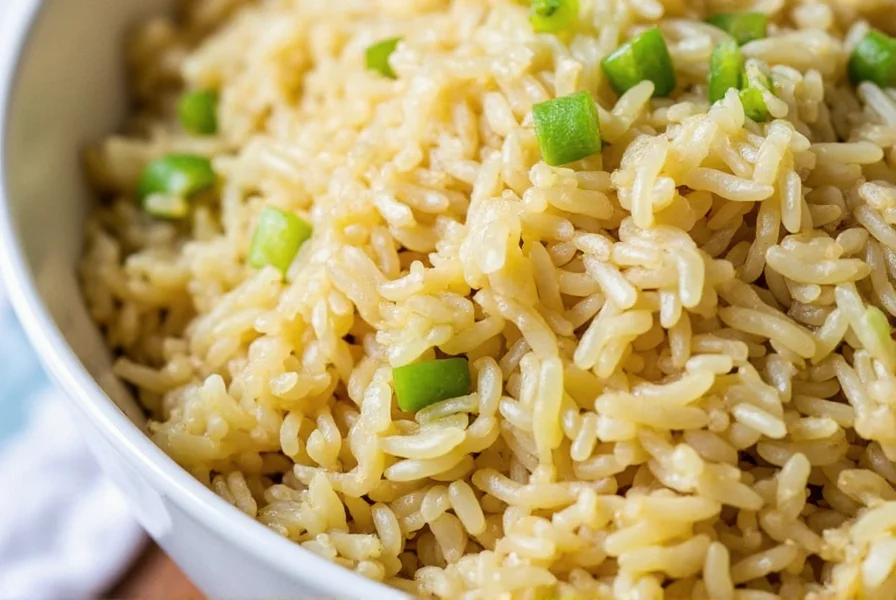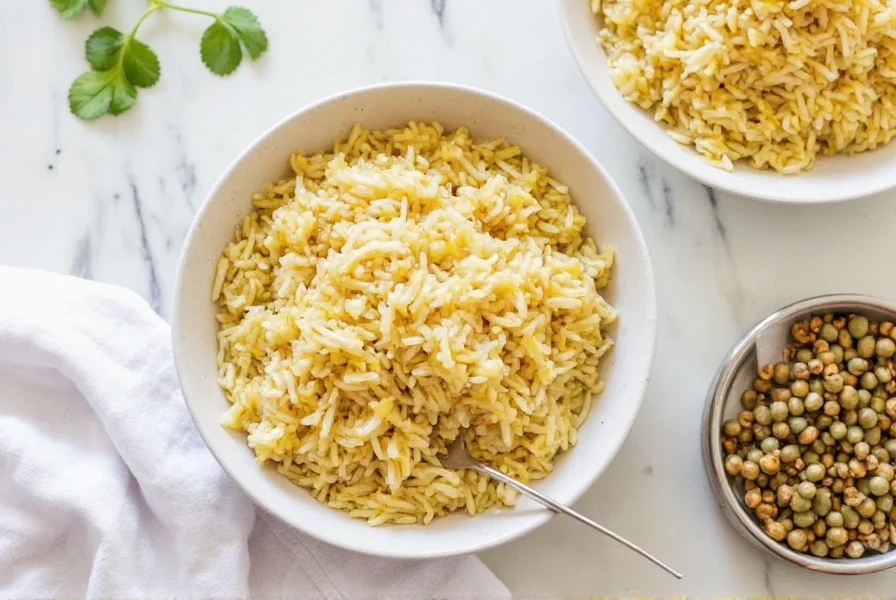Coconut ginger rice transforms ordinary rice into an aromatic delight through the perfect balance of creamy coconut milk and zesty fresh ginger. This Southeast Asian staple elevates simple meals with its delicate fragrance and subtle sweetness, making it an ideal accompaniment to curries, grilled proteins, and vegetable dishes. Understanding the proper technique ensures perfectly textured grains every time.
The Cultural Roots of Coconut Ginger Rice
Originating in Thailand and Malaysia, coconut ginger rice reflects centuries of culinary tradition where rice forms the foundation of nearly every meal. Coastal communities incorporated coconut milk as a practical alternative to dairy, while ginger provided both flavor and digestive benefits. Unlike Western preparations that often mask rice's natural taste, this dish celebrates the grain's delicate flavor enhanced by two key ingredients.
Essential Ingredients and Why They Matter
The magic of authentic coconut ginger rice lies in ingredient quality and proper ratios:
| Ingredient | Function | Pro Tip |
|---|---|---|
| Jasmine rice | Provides floral aroma and perfect texture | Rinse until water runs clear to remove excess starch |
| Full-fat coconut milk | Creates creamy texture without dairy | Shake can vigorously before measuring |
| Fresh ginger | Adds bright, spicy warmth | Use microplane for even distribution |
| Sea salt | Enhances natural flavors | Add after cooking for best results |

Perfect Coconut Ginger Rice Recipe
Follow these steps for foolproof results every time:
- Prepare ingredients: Rinse 1½ cups jasmine rice in cold water until clear. Peel and finely grate 1½ tablespoons fresh ginger.
- Combine liquids: Mix 1¼ cups coconut milk with ¼ cup water in a saucepan. Add grated ginger and bring to gentle simmer.
- Cook rice: Add rinsed rice and ½ teaspoon salt. Return to simmer, then cover and reduce heat to lowest setting.
- Steam properly: Cook undisturbed for 18 minutes. Remove from heat and let stand covered for 10 minutes.
- Fluff and serve: Gently fluff with fork, removing any large ginger pieces. Serve immediately.
Avoiding Common Coconut Ginger Rice Mistakes
Many home cooks encounter these issues when preparing coconut ginger rice:
- Soggy texture: Using too much liquid or not rinsing rice properly. Maintain precise 1:1.25 rice-to-liquid ratio.
- Burnt bottom: Cooking over too high heat. Use the lowest possible setting after initial simmer.
- Weak ginger flavor: Using powdered ginger instead of fresh. One tablespoon fresh equals ¼ teaspoon powder.
- Separation: Not shaking coconut milk can cause separation. Always mix thoroughly before measuring.
Delicious Variations for Different Diets
Adapt this versatile recipe to suit various preferences:
- Vegan coconut ginger rice: Already naturally vegan when using pure coconut milk without additives
- Low-fat version: Substitute half coconut milk with light coconut milk and vegetable broth
- Coconut ginger brown rice: Use brown jasmine rice with 25% more liquid and 10 extra minutes cooking time
- Spicy variation: Add 1 thinly sliced red chili to the cooking liquid for extra dimension
Ideal Pairings for Coconut Ginger Rice
This fragrant rice complements numerous dishes across Asian cuisine:
- Thai green or red curry (especially with chicken or tofu)
- Malaysian rendang (beef or jackfruit)
- Grilled lemongrass chicken or salmon
- Vegetable stir-fries with cashews
- Simple steamed fish with lime and cilantro
The subtle sweetness balances spicy and savory elements while the ginger cuts through rich flavors. For meal prep enthusiasts, coconut ginger rice stores exceptionally well in the refrigerator for up to four days.
Storage and Reheating Techniques
Proper storage maintains texture and flavor:
- Cool completely before storing in airtight containers
- Refrigerate for up to 4 days or freeze for 2 months
- Reheat with 1-2 teaspoons water per cup to restore moisture
- Steam or microwave gently rather than frying for best results

Why This Recipe Works Every Time
The success of this coconut ginger rice recipe comes from understanding the science behind the ingredients. Jasmine rice's natural floral notes complement coconut's sweetness, while ginger's volatile oils infuse the cooking liquid without overpowering. The precise liquid ratio prevents mushiness while ensuring complete absorption. Unlike recipes that add coconut milk after cooking, incorporating it during the cooking process allows the rice grains to fully absorb the flavors.
Frequently Asked Questions
Can I make coconut ginger rice without fresh ginger?
While fresh ginger delivers the best flavor, you can substitute 1 teaspoon ground ginger per tablespoon of fresh. Add it to the cooking liquid rather than at the end for proper flavor integration. Note that the taste will be less bright and more earthy than with fresh ginger.
Why does my coconut ginger rice turn out mushy?
Mushy coconut ginger rice typically results from improper rice-to-liquid ratios or not rinsing the rice thoroughly. Jasmine rice requires precise measurements - use 1¼ cups coconut milk per 1½ cups rice. Always rinse rice until the water runs clear to remove excess surface starch that causes stickiness.
What's the best coconut milk for ginger rice?
Choose full-fat coconut milk from a reputable brand without additives. Shake the can vigorously before measuring as the cream separates from the liquid. Avoid 'light' coconut milk for this recipe as it lacks the necessary fat content for proper texture and flavor absorption.
How do I prevent my coconut ginger rice from burning?
Burning occurs when heat is too high during the steaming phase. After bringing the mixture to a simmer, reduce heat to the lowest possible setting. Use a heavy-bottomed pot with a tight-fitting lid. For extra insurance, place a heat diffuser between the pot and burner during the 18-minute cooking time.











 浙公网安备
33010002000092号
浙公网安备
33010002000092号 浙B2-20120091-4
浙B2-20120091-4